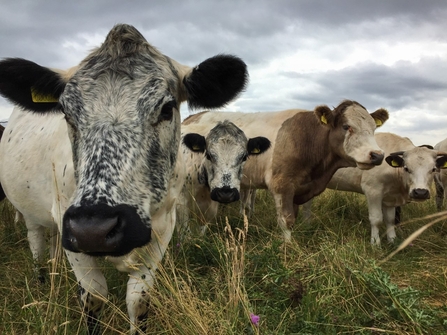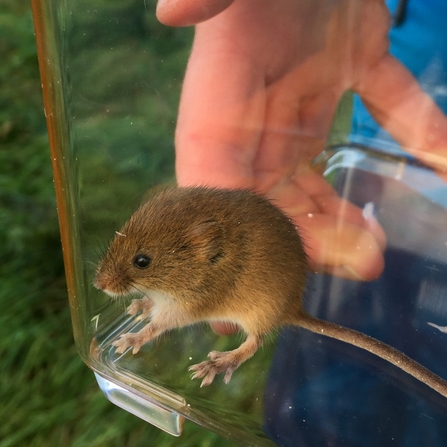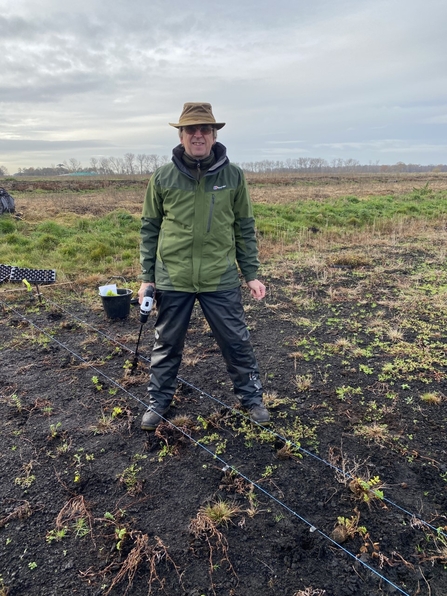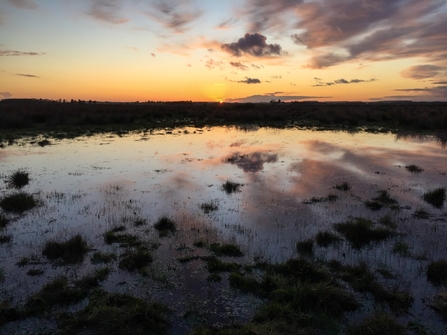Working in conservation is something of a second career for me, having grown up on a small dairy and arable farm in Hampshire, studied Mechanical Engineering and then pursued a career in engineering industry, focused mainly on reducing diesel engine exhaust emissions. The year 2018 provided an opportunity for me to change direction and pursue my passion for landscape restoration, and perhaps make a contribution to addressing the twin crises of biodiversity loss and climate breakdown.
In September 2018 I embarked on a two-year part-time MSc at Anglia Ruskin University, studying Applied Wildlife Conservation, and I also got involved with the Great Fen volunteer work parties, which are always varied and enjoyable. Then the following year I was successful in applying for a twelve-month role as Great Fen Voluntary Officer, working three days per week for the Great Fen team, and so I decided to take a ‘gap year’ from my studies.
The Great Fen project is a long-term, open-ended conservation project designed to increase the wildlife and biodiversity on the fen, through managed re-wetting of the land and habitat restoration, guided by the management plan and a panel of experts – the Joint Technical Advisory Committee.
The Great Fen VO work comprised two main elements, monitoring and research activities with Henry Stanier, and conservation land management activities with Mark Ullyett and Helen Bailey.
Land management work on the Great Fen is very variable. My tasks included path maintenance via brush-cutting and mowing, assisting with the installation of gates, thistle pulling, and sometimes wading through waist deep water to cut and rake up vegetation growth on a small island.







